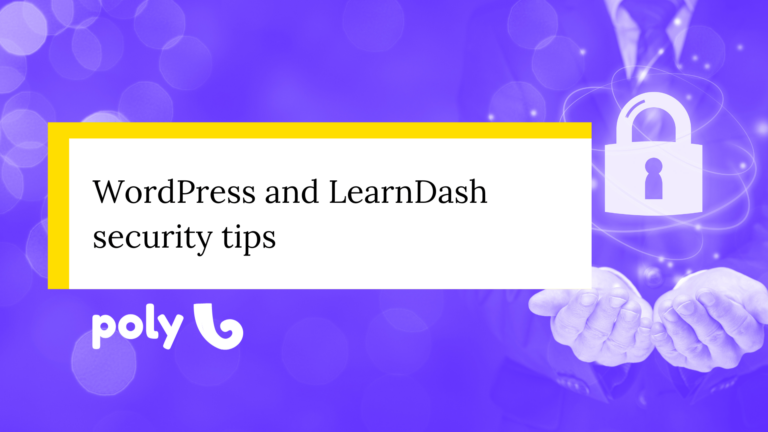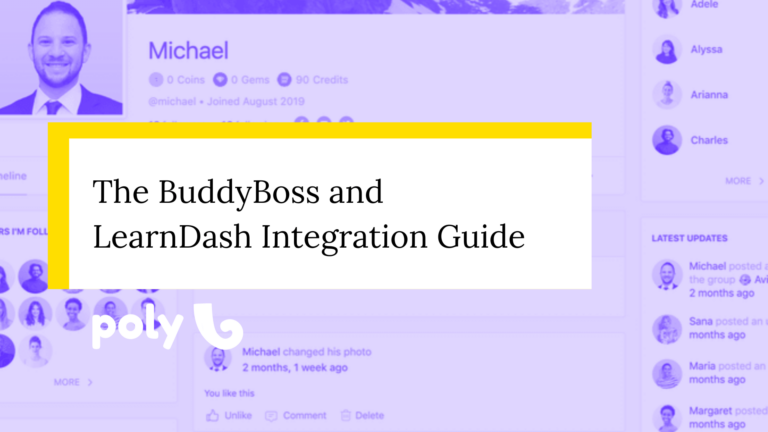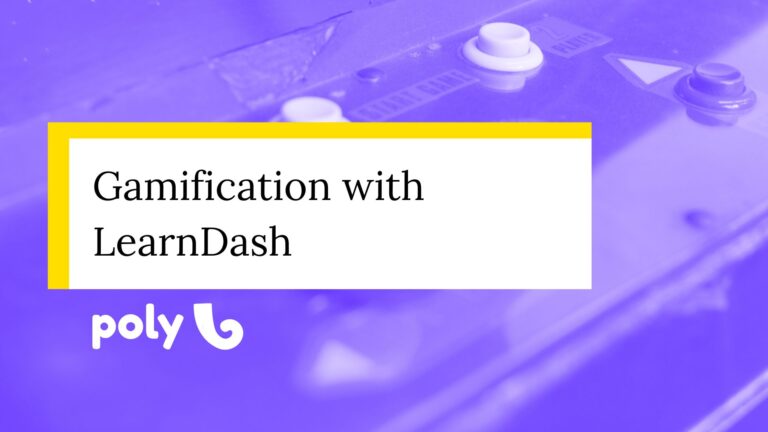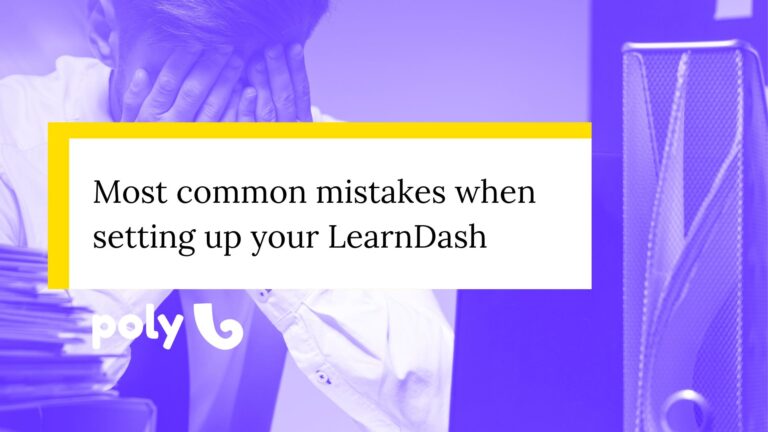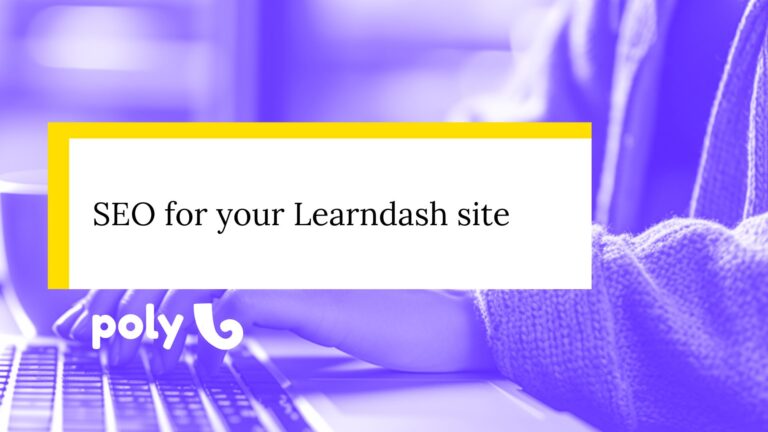Tech Debt: the biggest cost generator in your e-learning
The dream of creating a successful online school can turn into a nightmare if you don’t watch out for technical debt. This concept refers to the decisions taken during development that generate problems for the future management of your educational platform.
Imagine the following situation: you invest time and money in creating an online course platform, but it soon becomes slow, unstable and difficult to use for students and you. Your customers get frustrated, drop-out rates increase, and you find yourself stuck in a cycle of corrective maintenance that drains your resources.
The good news is that you can avoid this nightmare. In this post, we will explore the dangers of technical debt in e-learning and show you how to build a manageable platform that will lead you to success.
What is technical debt?
Technical debt (tech debt), in its most comprehensive concept, refers to the decisions taken during development that generate low-quality code that will generate rework in the future – mainly because you will have to rewrite the code.
Technical debt is often “incurred” because you have to implement a proof of concept, but it can also be done by inexperienced programmers and solution architects.
Just like financial debt, technical debt accrues interest: what today seems like a quick shortcut, tomorrow becomes an obstacle to implementing new features, fixing bugs or integrating new technologies. And the more you develop on bad code, the worse all your work will become.
The result? Slow, unstable platforms with unintuitive interfaces, frustrating students and demotivating the team. In a way, it is correct to say that all companies have some kind of technical debt in their code.
How the choice of technology impacts the future
Borrowing from the above concept, here at Poly Studio, we like to refer to technological limitations as part of the technical debt. Unlike it, we understand that technological limitations are an inherent part of the choice process, which will impact the future of your platform. Every choice in technology generates a type of limitation.
For example, if you choose LearnDash, even though we consider it the best LMS on the market today, it generates a number of restrictions. Every LMS has restrictions. For example, LearnDash has a worse structure for generating reports, while another LMS will have a better reporting system. However, most LMSs on the market today do not allow for customization at the level of LearnDash.
Whenever we are customizing a ready-made platform, even more so to the degree that WordPress and LearnDash allow (we are an agency specialized in e-learning solutions), you create some kind of shortcut – and this can generate technical debt if it is done poorly.
In other words, every technological decision you make today will generate limitations that will force developers down paths X or Y.
Why you should care about this
Now that you are thinking about having an educational platform or already have one, it is important to always consider the impacts that your decisions will have on the future. Avoiding technical debt in e-learning is essential to ensure the scalability and long-term success of the platform. Investing in strategic planning, architecture, and testing may seem like an additional cost in the short term, but it will save you a lot of headaches.
Here are some examples of how this impacts your business.
Greater agility and flexibility to implement new features.
A well-thought-out platform will take into account future possibilities. If you think about your platform without considering what it can be/have in the future, you can create barriers and obstacles for yourself.
Example: Imagine you are creating an e-learning platform for online cooking classes. You decide to use a simple and inexpensive platform that only has video and text as content formats.
However, three months pass and you decide to add more interactive courses to demonstrate the recipes, such as images, accordions for extra content, and so on. To do this, you will now need a new platform, having to redo all the content and transfer your users.
A little bit of initial planning would have avoided this.
Better student experience, with intuitive interfaces and accessible content.
The UI (user interface) is the part of the platform that students interact with directly, and a bad design can significantly impair the learning experience.
One of the main problems of technical debt in the UI is the lack of planning. When a platform is developed without a medium or long-term plan, the UI tends to be developed in an improvised way, with features and functionalities being added without considering the overall impact on the interface. This can lead to a confusing and disorganized UI, with inconsistent elements and difficult navigation.
A great example of this that I see is in user dashboards, which were initially supposed to be a clean interface for students to better navigate the site, having access to the most important content and information.
But it is very common for administrators to love the idea and promptly turn the dashboard into a sea of data, information, links, widgets, images and everything else, making it more of a confusing page than something useful.
Security and reliability in the e-learning platform.
Technological planning is crucial to ensure the security and reliability of the e-learning platform. A secure and reliable platform protects student data, prevents failures and optimizes performance, providing a positive and efficient learning experience.
Without a minimum of planning and with additions of poorly written code and bad plugins, you can open up the possibility of information leaks, bugs, vulnerabilities that are easy to avoid, and so on.
And the cost of this can be very high: from you simply losing access to your platform altogether and having to rebuild it, to the more serious issue of confidential information about your students being leaked.
Sure, here is the translation of the text you provided:
How to plan your platform if it is just starting out?
After reading this post, you may think that it is very difficult to predict the future, especially of a business that is just starting out. Yes, indeed. However, I have two views:
You probably already know your audience and your market.
Use this information to imagine what kind of features you will need in the future, what features competing platforms have, and what your students expect/would like to see. You don’t have to do everything, but just because your product manager knows that these are the possibilities, at least they will make decisions that do not contradict or harm your plans.
Assume that every platform has limitations because of the technology used.
As I said at the beginning, no solution doesn’t bring restrictions. That’s why it’s important to know them before you adopt any technology. We call the package of technological solutions that your website uses or needs to function/be built a tech stack.
Your role (and that of your platform manager) is to know the tech stack well, its limitations, restrictions, integrations and so on. It’s not for nothing that when we at Poly say that we are specialists in WordPress and LearnDash, it’s because this is the tech stack that we have deep knowledge of and know how to operate. We can, and have worked with, many other technologies for the construction and customization of e-learning solutions; but not at the level we have today.
Hire a good educational product manager.
Avoiding and minimizing the impact of technical debt in your e-learning is essential for the success of your educational platform in the medium and long term. By choosing a good product manager, you will have the expertise and support you need to make more informed decisions and build a robust, scalable and secure platform.
A good product manager has the skills and knowledge to understand the needs of your target audience and the market, define the strategic vision for the platform and help you make better-informed decisions.
By investing in a good product manager, you will be investing in the future of your educational platform and ensuring fewer headaches for your future self.



